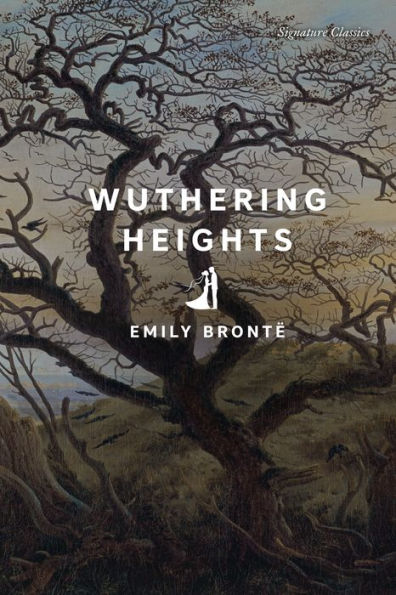The author of The Dovekeepers chooses classic works of fiction to inspire the writer within.
An exceptional new novel responds to Emily Brontë’s “Wuthering Heights,” by imagining the rocky childhood of its Romantic antihero, Heathcliff. Review by Heller McAlpin.
To celebrate our awesome community of NOOK authors, as well as the recent launch of the NOOK Press print platform, we’re talking each month with authors whose books are making a splash with NOOK readers. Emma Chase is an author who “writes sexy swagger on every page,” and whose journey from mainstream publishing success to […]
Whether it’s a result of bad luck or bad taste, some ladies really know how to pick ’em. We’ve all had a friend (or, in some cases, been the friend) who seems intent on picking the wrong guy, or who falls for a player in nice guy’s clothing, or who just seems to attract one winner […]
Pity the poor boys in my life from 1996 on, few as they may have been. That was the adolescent year I first started reading novels by Jane Austen and the Brontë sisters, and even though at the time I had precious little real-world boyfriend experience, I still knew deep down that an actual teenaged […]


